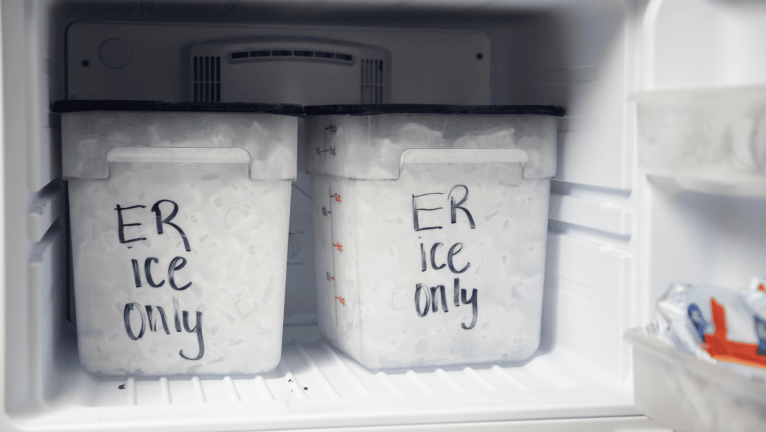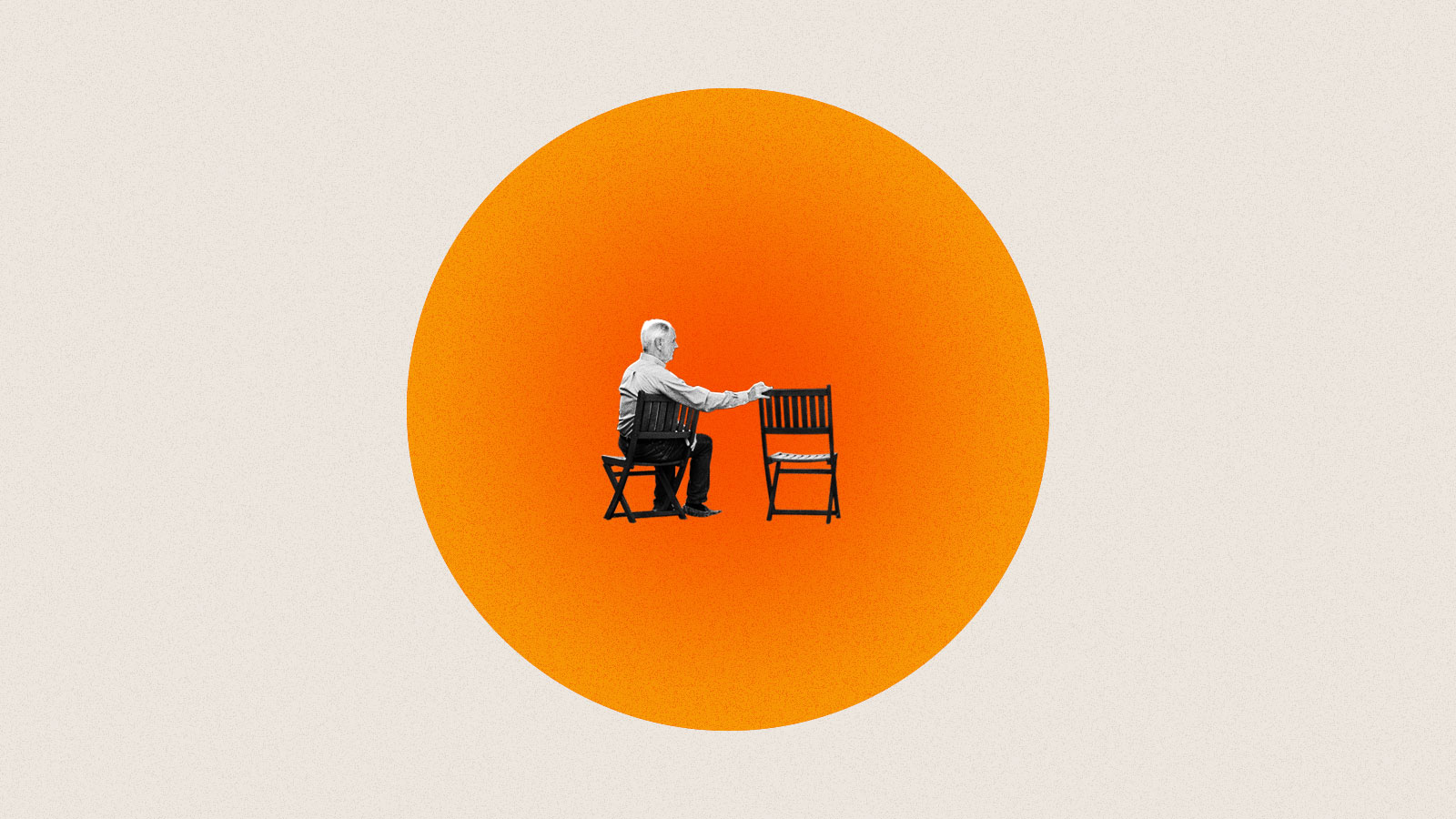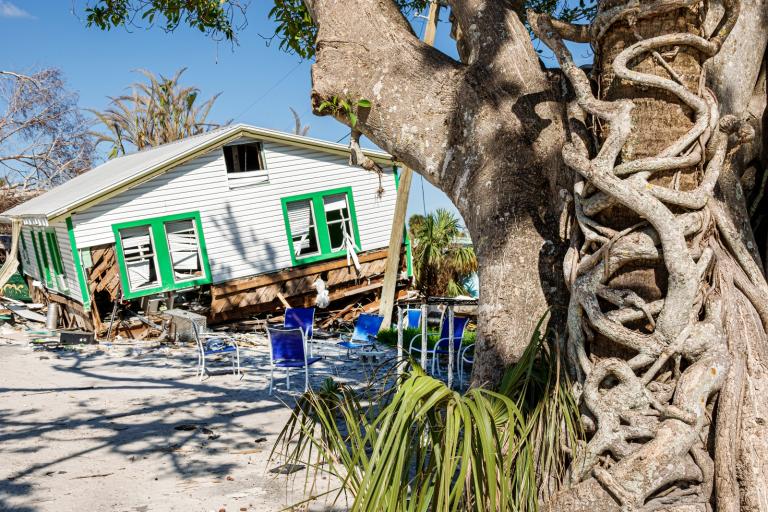This story is part of Record High, a Grist series examining extreme heat and its impact on how — and where — we live.
When Donna Crawford didn’t hear back from her brother Lyle, she began to fear the worst. It was Monday, June 28, 2021, at the tail end of a blistering heat dome that had settled over the Pacific Northwest. Two days prior, daytime temperatures had soared to 108 degrees Fahrenheit in Gresham, Oregon, where Lyle lived alone in the small yellow house the siblings had grown up in. “I hope you’re doing OK in the heat,” she had said into his answering machine that day.
By the time Donna contacted the police, Lyle had already died alone in his house; a box fan was found swirling oven-hot air nearby. He was 62 years old.
Lyle lived for most of his life in Gresham, a suburb outside Portland, spending his time hiking through the mountains and rivers of Oregon and caring for his mother before her death. Although he was friendly and enjoyed chatting with his barber and other acquaintances, he had few friends later in life and grew even more isolated during the pandemic. Donna, his only remaining family, lived 3,000 miles away in Richmond, Virginia.
“He would have answered the door if someone knocked, and that might have done it. An actual human being,” Donna told county health officials. “But how can there be enough human beings to go to the door of every older person?” Lyle was one of at least 48 people living alone who died in Multnomah County, which includes Gresham and Portland, during the heat wave.
In May, the U.S. Surgeon General issued a warning that Americans are experiencing an “epidemic of loneliness and isolation.” The report lays out a worrying array of statistics showing that people are less socially connected than ever before. In 2021, almost half of Americans reported having fewer than four close friends, while only a quarter said the same in 1990. U.S. residents spent 24 more hours per month alone in 2020 than they did in 2003. Only 3 in 10 Americans know most of their neighbors. And people living alone now make up 29 percent of U.S. households, compared to 13 percent in 1960.
The isolation crisis is compounding the dangers of deadly heat waves fueled by climate change. In the U.S. and many other countries, social isolation is a major risk factor for dying during a heat wave. Experts say that isolation is made worse by a shortage of social infrastructure like libraries, local businesses, green spaces, and public transit, leaving people who are older and live in disinvested neighborhoods most at risk from extreme heat. As heat waves become more frequent, cities are exploring strategies to build social connections and reach isolated individuals before it’s too late.
“We talk a lot about the emerging climate crisis, but far less about the social infrastructure crisis,” Eric Klinenberg, a sociology professor at New York University, told Grist.
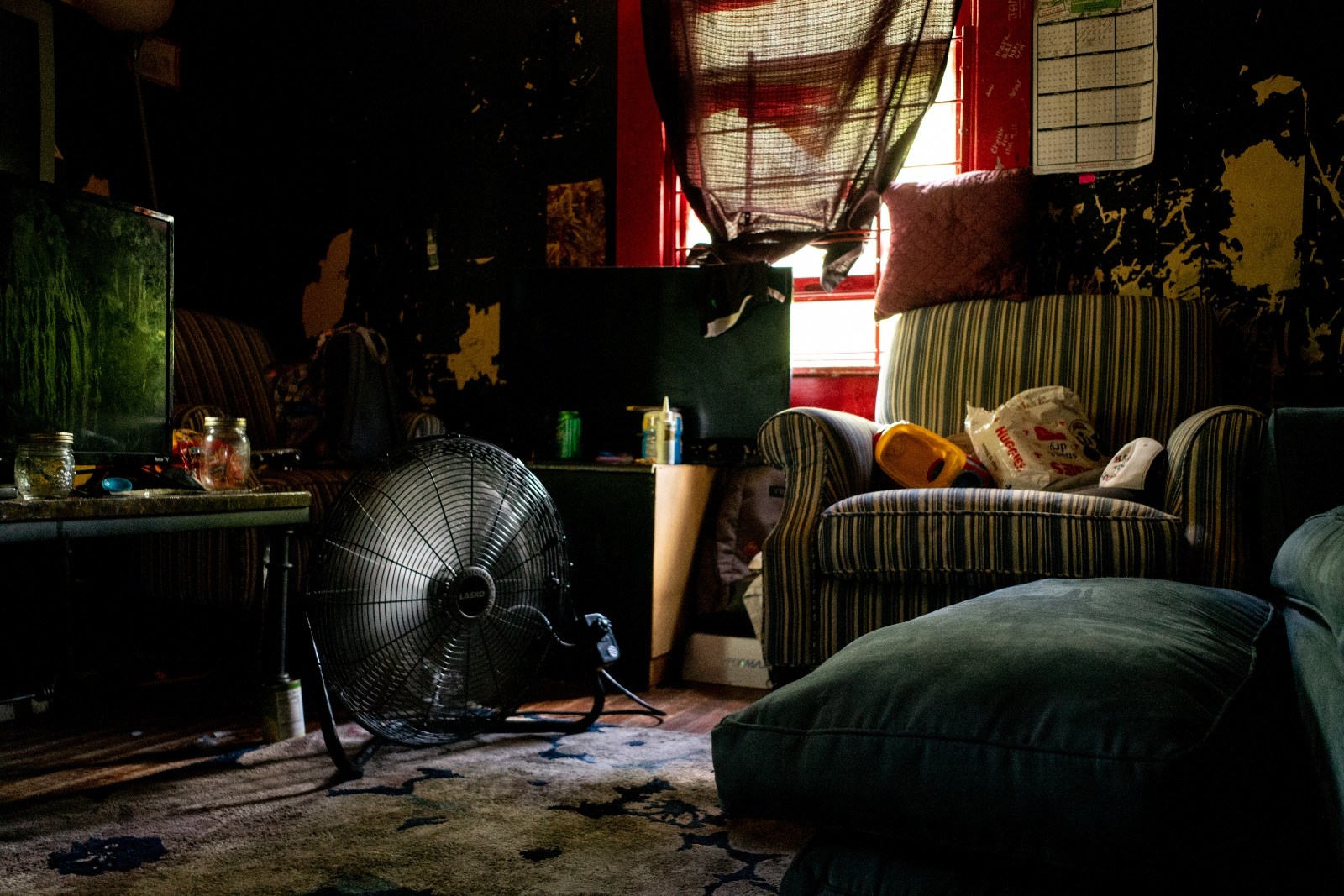
In the U.S., up to 20,000 people died of heat-related causes between 2008 and 2017. At scorching temperatures, people can experience heat exhaustion, a condition that causes heavy sweating, nausea, and fainting. If left untreated, it can lead to heat stroke, a potentially fatal illness that causes delirium, a rapid heart rate, and eventually organ damage and shutdown. Many heat deaths are also caused by heart attacks and other cardiovascular issues made far more likely by exposure to extreme heat.
Klinenberg and other experts stress that all heat-related deaths are preventable, including those that happen when a person is alone. During a heatwave, it’s possible to check in on neighbors and bring people air conditioning units or help move them to cooling centers. Analogous life-saving measures aren’t always possible during other extreme weather events, like hurricanes or floods.
“There’s been a long understanding of how heat affects your body and a long understanding of a range of interventions to get your core body temperature back down,” Kristie Ebi, a global health professor studying the impacts of climate change at the University of Washington, told Grist. “People don’t have to die.”
But without adequate outreach, it can be easy for isolated individuals “to get into trouble with the heat,” Ebi said. That’s because heat accumulates in the body gradually, so even a healthy person may not realize that their core temperature is reaching dangerous levels until it’s too late.
For older adults, the risks of heat and isolation are especially acute. Older people are more likely to experience risk factors that can cause or exacerbate isolation, including living alone, chronic illness, and loss of family and friends. At least a quarter of Americans age 65 and older are considered socially isolated. At the same time, older adults are also more at risk during heat waves because they do not adjust as well as younger people to sudden changes in temperature. They are also more likely to have a chronic illness or take medication that affects their body’s ability to regulate temperature.
Ebi notes that not only does isolation increase the risk of heat — heat can, in turn, increase isolation. Heat exhausts the body’s energy supply and can impact cognitive function, causing symptoms like confusion. Many people already not feeling up for socializing on a typical day due to chronic medical conditions may feel even less able to reach out during a heat wave.
Research has shown that due to sheer proximity, neighbors are among the most effective first responders during a natural disaster. In a well connected neighborhood, where residents trust their neighbors and participate in local activities and groups, people are more likely to share resources and help one another prepare for and recover from disaster events. As a result, communities with robust social networks tend to fare much better during extreme weather like heat waves.
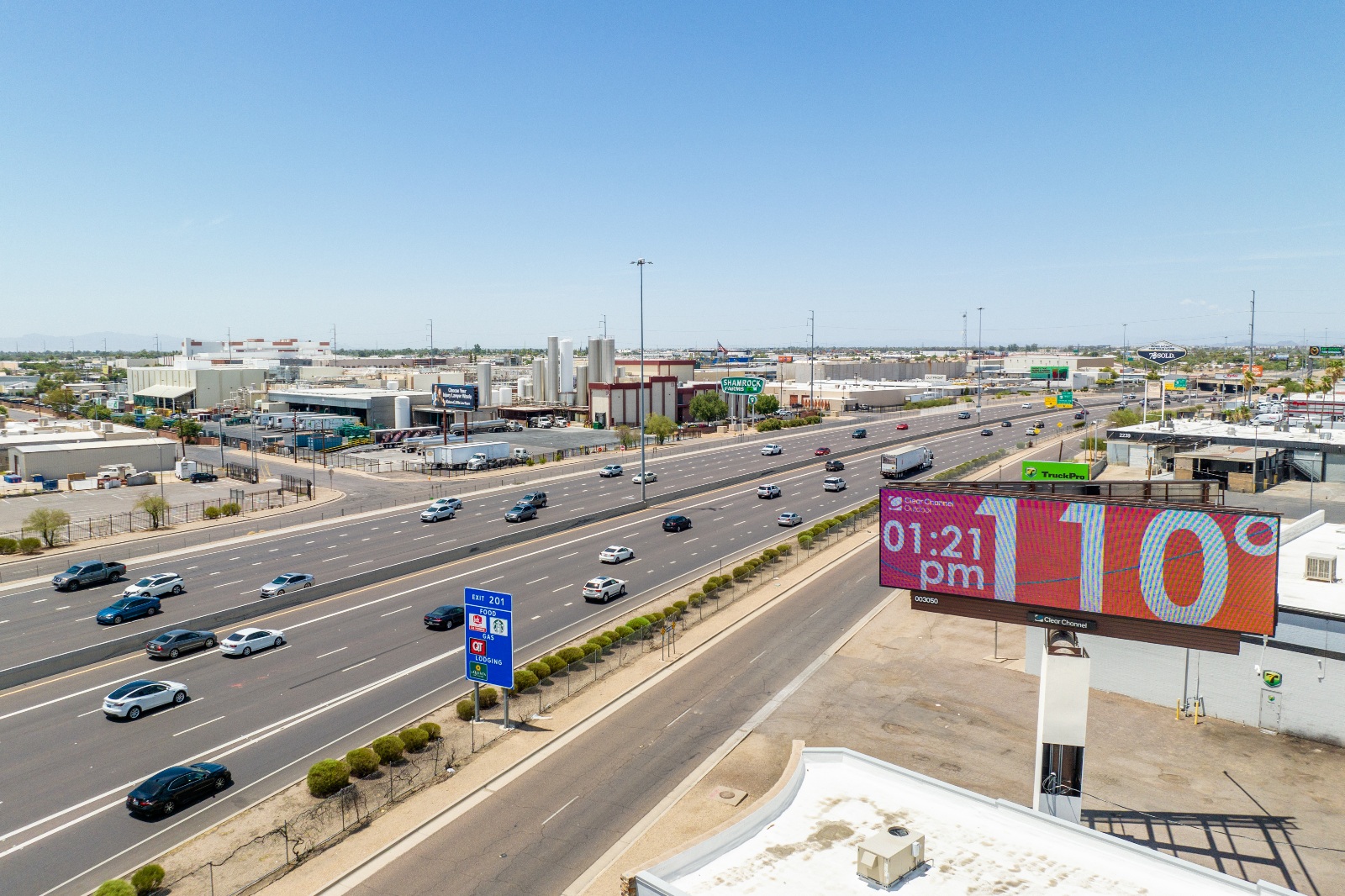
Klinenberg first observed this pattern while studying the social and economic disparities that shaped a devastating 1995 heat wave in Chicago. Over the course of five days, more than 700 people died as temperatures climbed up to 106 degrees Fahrenheit. Residents who were poor, Black, and older died at disproportionately high rates. When comparing neighborhoods with similar levels of income and people living alone, he found that far fewer deaths happened in communities that were better connected than in more isolated areas.
One aspect those neighborhoods had in common was an abundance of social infrastructure, or the physical places that enable interaction, Klinenberg found. It can be something as simple as a stoop or a park bench to pause on. At a larger scale, social infrastructure can look like a bustling sidewalk, a community garden, the subway, or a local library — anything that “gives people a place to gather and draws people out of their homes into contact with neighbors,” Klinenberg said.
“The people who lived in depleted neighborhoods, places that had lost their social infrastructure, were far more likely to die alone than people who lived in neighborhoods with a rich social infrastructure,” he said — “for the simple reason that you’re more likely to wind up home alone.”
In Chicago and elsewhere in the U.S., access to those public spaces is highly unequal, owing to decades of disinvestment in historically redlined neighborhoods and other low-income communities. As a result of racist housing, lending, and transportation policies, predominantly Black communities and communities of color disproportionately live in neighborhoods that lack adequate housing, schools, transportation, parks, and other essential infrastructure. Previously redlined neighborhoods also tend to experience hotter temperatures due to the urban heat island effect, where a lack of green spaces and more paved roads and buildings lock in heat and raise temperatures up to 12.8 degrees Fahrenheit higher than non-redlined areas.
These inequalities have fatal consequences. According to the Centers for Disease Control and Prevention, Indigenous people and Black people had the highest rates of heat-related deaths in the U.S. between 2004 and 2018. In New York City, local officials reported that the heat-related death rate among Black people from 2011 to 2020 was more than twice as high as that of their white counterparts.
Bharat Venkat, a professor of society and genetics at UCLA and director of the UCLA Heat Lab, said the issue of infrastructure is just one way in which extreme heat lays bare the dangers of existing inequities.
“Those vulnerabilities are ones that are produced socially and politically,” he said. “And that’s what makes the heatwave so deadly and dangerous.”
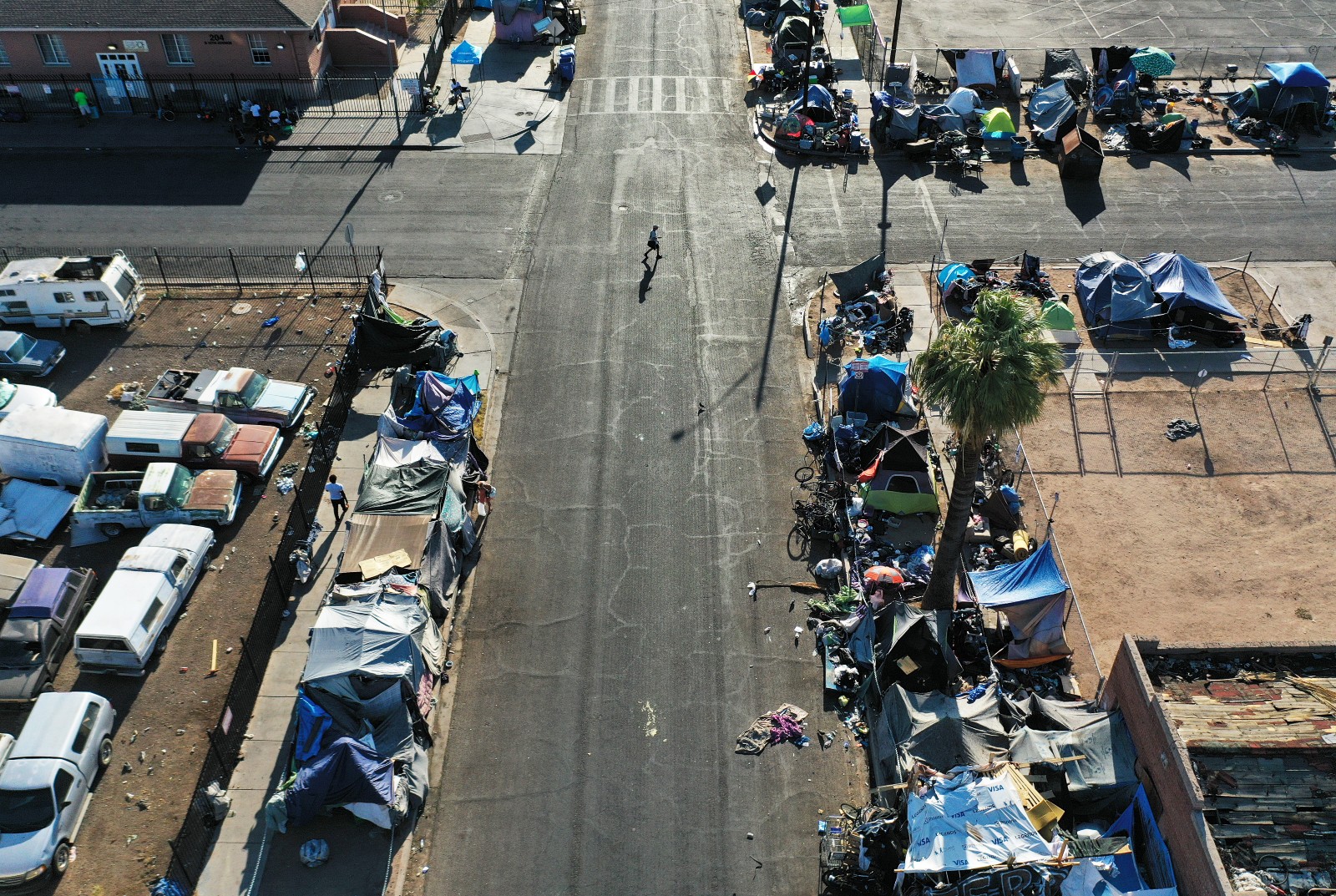
Recognizing the risks of isolation, many cities have ramped up community outreach during heat waves. As part of early warning systems, cities like Baltimore, Chicago, and Philadelphia send out text alerts, connect with community and faith-based organizations, and conduct on-the-ground outreach to at-risk populations. Phoenix, Miami, and Los Angeles have gone a step further by appointing chief heat officers to coordinate citywide responses to heat emergencies. Those plans include measures like distributing maps to cooling centers and water bottles, calling residents directly, and raising awareness of heat risks through broadcasting on television, radio, social media, and billboard ads.
In Philadelphia, 6,000 volunteer “block captains” serve as neighborhood leaders for residential blocks ranging from as few as four households to as many as 99 households. The initiative, which was created primarily to lead street clean-up efforts, has also proven an effective way of reaching residents during heat emergencies, according to Dawn Woods, administrator of the program. Block captains receive information on city services and resources from the city’s Office of Emergency Management and help share knowledge by hosting block meetings and connecting with folks one-on-one.
“For neighbors who are sick or can’t leave their home, we ask block captains to just constantly check in on them and make sure that they have phone numbers on hand, so that they can reach out to somebody in the event of an emergency,” Woods told Grist.
Klinenberg and Venkat said that although community outreach is important, cities should also work to address the broader issues that deepen isolation and heat risk. That includes addressing a national shortage of affordable housing that leaves more people unsheltered, less able to access cooling and community resources, and at greater risk of dying during a heat wave. It also means investing in neighborhoods to build and maintain the local businesses and public facilities that give people the chance to connect with their neighbors.
Venkat pointed to other pressing needs, such as making energy costs more affordable so that people don’t have to choose between putting food on the table and running air conditioning. Another is ensuring rights to cooling for renters and people living in public housing. In Phoenix, for example, a city ordinance requires landlords to provide air conditioning or other cooling systems for rental units. Venkat said cities should also step up efforts to plant trees in neighborhoods that lack green spaces, which provide vital shade and cooling in places where asphalt and concrete trap heat.
“It’s not that people die from heat waves,” Venkat said. “What they die from are social and political decisions about how we govern and take care of people.”
